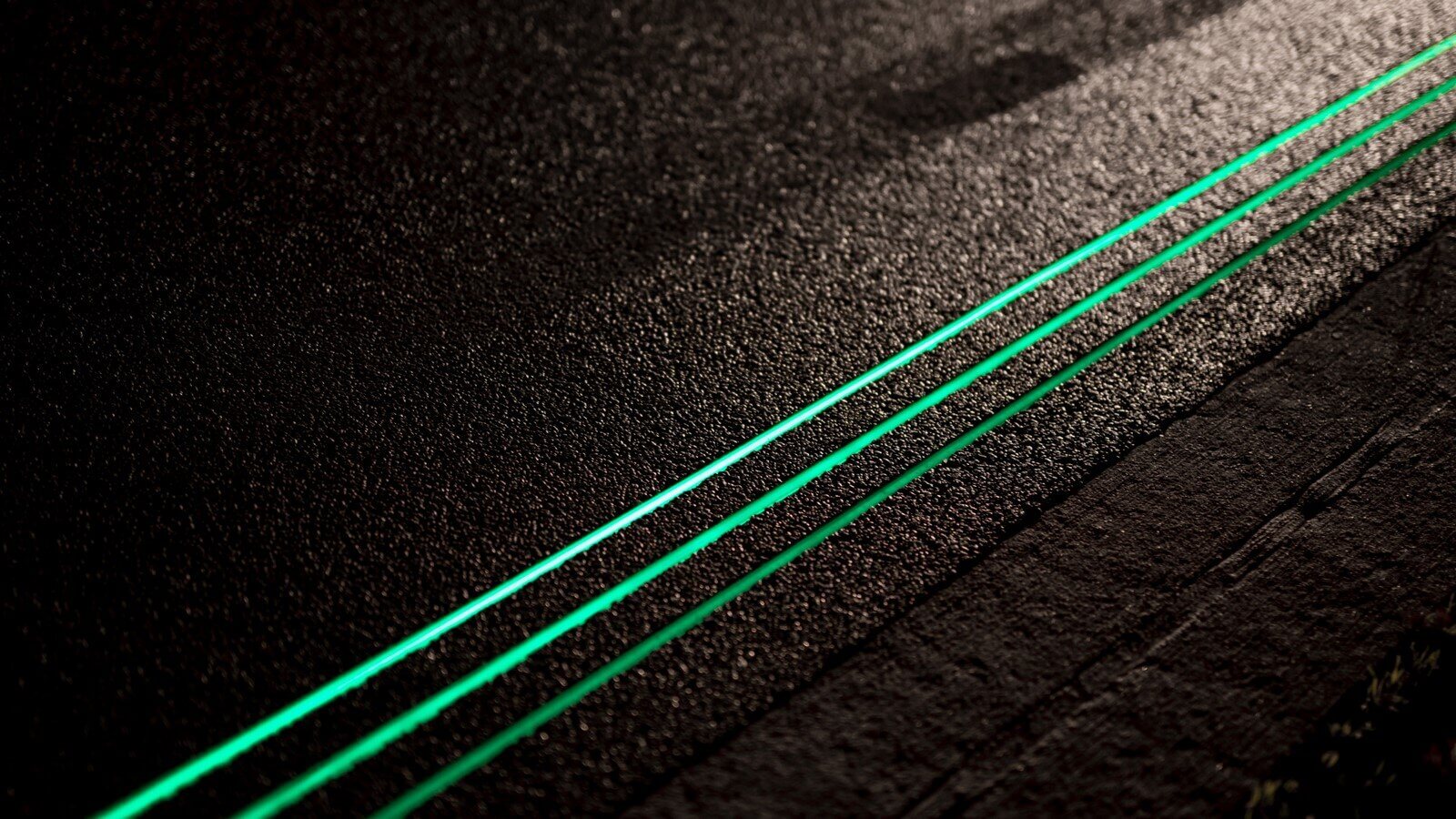Why is Light-Emitting Cement the New Favorite with EPC Companies

Source – thejupital.com (legend-lights-the-path
Can you picture your walls lighting your space without the need for any electricity? Have you ever considered how difficult it would be to drive and stroll on the roads at night if there are no street lights? Well, it’s time to accept that the technology for sustainable construction materials has advanced in ways we could never have predicted.
Each one of those points listed above is now possible with the advent of light-emitting cement. Light-emitting cement is a sustainable construction material that does not use power to illuminate highways, roads, bicycle lanes, or rooms (if used in construction projects).
Dr Jose Carlos Rubio of the Michoacan University of Saint Nicholas of Hidalgo in Mexico created this groundbreaking cement. The goal of the study was to change the microstructure of cement so that it could absorb solar energy and emit light in the dark.
The phosphorescent materials collect energy from the sun, light from lights or lamps while indoors, and then glow during the dark hours. The cement is said to be able to shine for 12 hours even on cloudy days since the substance gets energised every day with ultraviolet radiation.
Since the gel is formed of sand, dust, clay, and water, it is clean and renewable. Due to the general inorganic nature of the cement components, the material is expected to last for 100 years.
In comparison to existing phosphorescent materials such as plastics or paints, which degrade over time due to UV rays, this novel material is sun-resistant and more lasting. The total carbon footprint of this product is also potentially lower than regular cement. This means there is the potential to save a lot in maintenance costs as lower than contemporary cement.
Engineering, Procurement and Construction (or EPC companies) are turning to unique and sustainable materials for infrastructure development. These sustainable construction materials fit in well with the guidelines outlined within the National Infrastructure Pipeline.
The National Infrastructure Pipeline, or NIP, which will run from 2019 to 2025, is a “first-of-its-kind, whole-of-government effort to offer world-class infrastructure to citizens and improve their quality of life.” Both economic and social infrastructure projects are included by the NIP.
Several countries have expressed interest in light-emitting cement, indicating that there is a commercial need for the material. The research is now being carried out in order to go to the commercialization stage.
The use of light-emitting cement in plaster and other construction materials is also under investigation. It is no wonder that light-emitting cement is now slowly becoming a new part of construction supply chains.
In an interesting application of this cement, after a trial of three months, Netherlands is one of the first to showcase their Glowing Lines project. It is claimed that their roads glow up to eight hours at night. The project is a collaboration between Roosegaarde and Heijmans and is a true example of an innovative industry.
For more information on how Moglix can help you with supply chain solutions for infra companies visit https://business.moglix.com/our-solutions/infrastructure
